Introduction
The evolution of architectural visualization has reached an inflection point, where traditional methods are being complemented—and in some cases replaced—by advanced technologies such as 3D rendering. This transformative technique not only bridges the gap between abstract concepts and tangible designs but also enhances communication among architects, clients, and stakeholders.
As the architecture industry increasingly embraces digital solutions, understanding the intricacies of 3D rendering becomes essential for professionals aiming to leverage these innovations to their fullest potential.
From photorealistic imagery that captivates clients to immersive experiences facilitated by virtual and augmented reality, the tools available today empower architects to present their visions with unprecedented clarity and engagement.
This article delves into the foundational aspects of 3D rendering, explores diverse techniques and styles, and examines the critical role of emerging technologies in shaping the future of architectural practice.
Understanding 3D Rendering: A Foundation for Modern Architecture
3D visualization serves as a pivotal digital technique that produces the best 3D renderings for modern architecture, enabling architects to convey their concepts with clarity and precision. This technique serves as a crucial bridge between abstract design ideas and their tangible manifestations, significantly enhancing communication with clients, stakeholders, and the broader public. By determining the appropriate level of detail—ranging from basic outlines to intricate textures and lighting—3D visuals not only illustrate key elements such as materials and spatial relationships but also foster an immersive impact that connects future homeowners to their developments, laying the groundwork for strong community ties.
As the architecture sector increasingly embraces technological advancements—evidenced by 70% of firms planning to invest more in technology in the next 12 months—understanding the fundamentals and applications of 3D visualization becomes indispensable for architects wishing to harness its full potential. This approach enables informed decision-making, improves contractor communication to eliminate design misunderstandings, and supports iterative design processes, ultimately enhancing client satisfaction and trust in the design process. Moreover, with 73,313 businesses functioning in the architecture sector in the U.S. (IBISWorld), the significance of the best 3D renderings for modern architecture is highlighted, as it plays a critical role in distinguishing firms amidst competition.
The AEC industry’s embrace of 3D visualization technologies highlights practical applications, showing how these tools improve planning, teamwork, and pre-sales visualization, thus emphasizing the significance of incorporating advanced visualization methods into design practice. Importantly, design illustrations also help to visualize residences and developments, generating essential revenue for construction projects during the pre-sales phase, which further highlights their importance in the design landscape.
Exploring Techniques and Styles in 3D Architectural Rendering
In the domain of 3D building visualization, a varied selection of methods and styles exists, each contributing to the best 3D renderings for modern architecture. For lead designers, staying updated on trends in visual presentation is essential for success, especially as immersive 3D tours progressively substitute physical visits to construction sites. This shift offers customers a 360-degree view of architectural projects, enhancing engagement and understanding.
Ray tracing, for example, distinguishes itself by its capacity to precisely replicate realistic lighting and shadows, making it the preferred option for achieving the best 3D renderings for modern architecture that capture the nuances of natural light. The precise manipulation of light sources, reflections, and refractions in ray tracing allows architects to convey the mood and atmosphere of a space effectively. In contrast, rasterization provides quick display capabilities, demonstrating to be more effective for real-time applications, such as interactive presentations that need fast visual updates.
Furthermore, architects may investigate stylized visualization techniques, including:
- Watercolor effects
- Sketch effects
These techniques infuse artistic flair into representations and cater to specific customer preferences. The incorporation of sustainable design methods into visual simulations is becoming increasingly vital, as it enables the modeling of environmental elements such as daylight and energy consumption, which can greatly influence the overall design and customer satisfaction.
A thorough grasp of these techniques equips architects to select the best 3D renderings for modern architecture that align with project goals and the distinct requirements of their customers. For instance, understanding how lighting selections can influence material perception aids architects in making informed choices that enhance the vision of the customer. As emphasized by industry experts, the continuous learning and adaptation to new technologies and methodologies are vital for maintaining excellence in this rapidly evolving field.
By recognizing the practical implications of the distinctions between interior and exterior displays, architects can more effectively convey the intended vision and ensure that the final presentation resonates with customers.
The Role of Virtual and Augmented Reality in Architectural Visualization
Virtual Reality (VR) and Augmented Reality (AR) are fundamentally changing building visualization by offering immersive experiences that exceed conventional displaying techniques. VR enables users to explore designs within a fully interactive setting, providing an unmatched sense of scale and spatial awareness that improves understanding of architectural concepts. In contrast, AR incorporates digital images into real-world environments, enabling stakeholders to see how an initiative blends with its surroundings.
This dual application of technology enhances customer engagement and fosters nuanced feedback during the design process. The collaborative rendering process begins with initial communication, where architects gather objectives and specific rendering requirements, leading to the creation of detailed 3D models. This structured approach ensures that the final product resonates with client expectations and community needs.
Investing in high-quality visualizations, such as the best 3D renderings for modern architecture, is essential, as they not only clarify design intentions but also strengthen emotional connections for future homeowners. As noted by The Architect’s Newspaper, there are currently 35,621 candidates actively working on licensure, highlighting the growing interest in architecture as a profession. Furthermore, 62% of architecture firms are utilizing cloud-based collaboration tools for project coordination, illustrating the contemporary landscape in which these technologies are being adopted.
The use of VR is also expanding into healthcare, where it is employed for patient treatment, including therapy for phobias and PTSD, showcasing the versatility of VR technology. This growing trend of incorporating immersive experiences in design reflects a significant shift in how it is communicated and understood, paving the way for more innovative and responsive practices.
The Importance of Photorealistic Rendering in Architecture
Photorealistic depiction has emerged as a fundamental element in architectural visualization, offering the best 3D renderings for modern architecture that deliver lifelike images encapsulating the essence of design. Our collaborative creation process at J. Scott Smith Visual Designs is meticulously crafted, beginning with initial communication and project briefs to ensure clarity of vision. This process involves the creation of clay representations, which allow for early feedback and adjustments, and the meticulous detailing in 3D modeling using advanced software.
These high-quality visuals, which include the best 3D renderings for modern architecture, play a pivotal role in client presentations, enabling architects to effectively showcase materials, lighting, and spatial dynamics. The significance of these renderings cannot be overstated, especially in a market where the architecture sector has seen a compound annual growth rate (CAGR) of 1.6% from 2019 to 2024. According to Fortune Business Insights, the global digital asset management (DAM) market was valued at $3.96 billion in 2023, highlighting the increasing importance of technology in architecture.
A recent study indicates that:
- 40% of architecture firms that meet their goals plan to invest in management software.
- 70% intend to enhance their technological capabilities within the upcoming year.
Furthermore, the best 3D renderings for modern architecture are critical for marketing, attracting potential buyers and investors by providing a vivid preview of the finished work. This is underscored by findings that show high-quality renderings significantly improve client satisfaction rates, as they facilitate clearer communication of design intentions.
Our case studies illustrate how the strength of pre-sales visualization serves as a connection between concept and reality, empowering developers with tangible assets that spark interest and investment long before the physical realization of the endeavor. The case study on Digital Asset Management (DAM) in AEC illustrates how 62% of architecture firms are utilizing cloud-based collaboration tools for project coordination, leading to improved accessibility and organization. Additionally, tools like GetFloorPlan are revolutionizing the way architectural professionals create 2D and 3D floor plans, further aiding in effective visualizations.
Mastering photorealistic visualization, particularly through careful material and lighting selection, is essential for architects striving to achieve the best 3D renderings for modern architecture, ensuring they not only meet but exceed client expectations through compelling visual narratives.
Emerging Trends in 3D Rendering: Shaping the Future of Architecture
The domain of 3D visualization is experiencing a profound transformation, driven by significant advancements such as artificial intelligence (AI) and real-time technology. High-quality visual representations, particularly the best 3D renderings for modern architecture, serve not only as a window into the future of your undertaking but also play an essential role in development and decision-making. They enable architects to showcase intricate details that enhance realism and emotional impact, making the design feel real, lived-in, and ready to be built.
AI is increasingly utilized to automate repetitive tasks, enhance visual quality, and even suggest design modifications, thereby streamlining the architectural workflow. For instance, AI algorithms can analyze project requirements and suggest optimized design solutions, which is particularly beneficial for complex projects that demand careful resource allocation. Furthermore, real-time visualization, facilitated by cutting-edge graphics engines, empowers architects to produce vibrant, interactive presentations that can be modified instantly, offering immediate visual feedback.
This capability not only enhances client engagement but also accelerates the decision-making process, crucial in tight timelines. As architects must consider outsourcing 3D design visualization for efficiency, the integration of advanced technologies is essential for maintaining a competitive edge. A recent case study demonstrated how AI-driven visualization solutions enabled a prominent design firm to reduce project turnaround times by 30%, showcasing the tangible benefits of adopting these innovations.
The architectural industry must adapt to these emerging trends to deliver innovative designs that resonate with clients and enhance property value through visual appeal and market differentiation. Ultimately, the best 3D renderings for modern architecture are crucial for making informed decisions and building excitement about what’s to come.
Conclusion
The exploration of 3D rendering has illuminated its integral role in modern architectural practice, transforming abstract concepts into vivid, lifelike representations that enhance client engagement and stakeholder communication. By understanding the foundational aspects of 3D rendering, architects can leverage this technology to bridge the gap between vision and reality, fostering stronger connections with clients and communities alike. Techniques such as ray tracing and rasterization, along with stylized rendering methods, provide architects with versatile tools to tailor their visual presentations to meet specific project goals and client preferences.
The advent of virtual and augmented reality has further revolutionized architectural visualization, offering immersive experiences that deepen client understanding and involvement in the design process. As firms increasingly adopt these technologies, the importance of high-quality, photorealistic renderings cannot be overstated. They serve not only as powerful marketing tools but also as critical components of effective project management and client satisfaction.
Looking ahead, the architectural landscape is poised for further transformation with the integration of artificial intelligence and real-time rendering capabilities. These advancements promise to streamline workflows, enhance design fidelity, and facilitate quicker decision-making processes. As the industry continues to evolve, architects who embrace these emerging trends will be better equipped to deliver innovative, client-centered solutions that stand out in a competitive marketplace. Ultimately, mastering 3D rendering and its associated technologies will be vital for architects aiming to elevate their practice and redefine the future of architectural design.
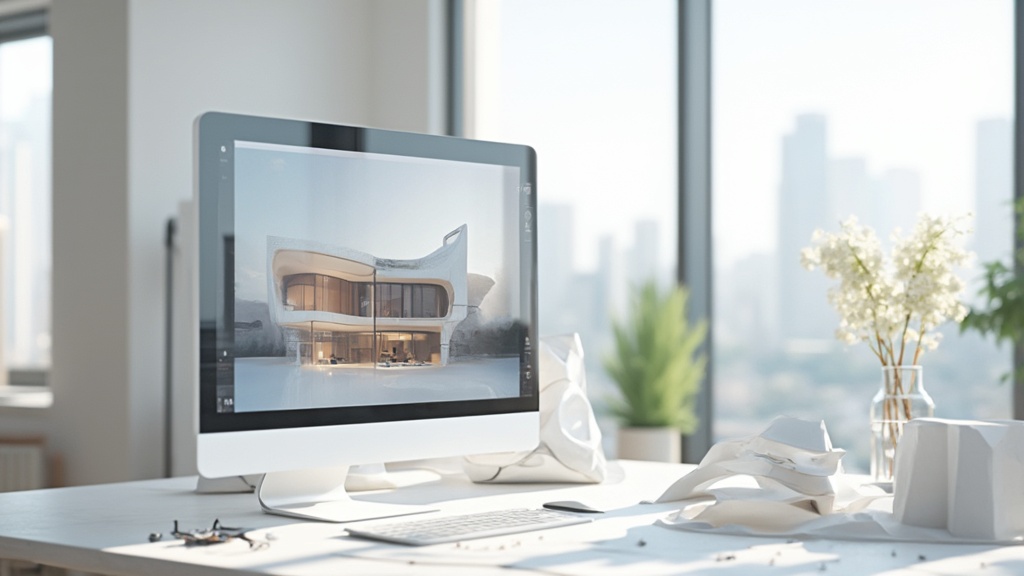
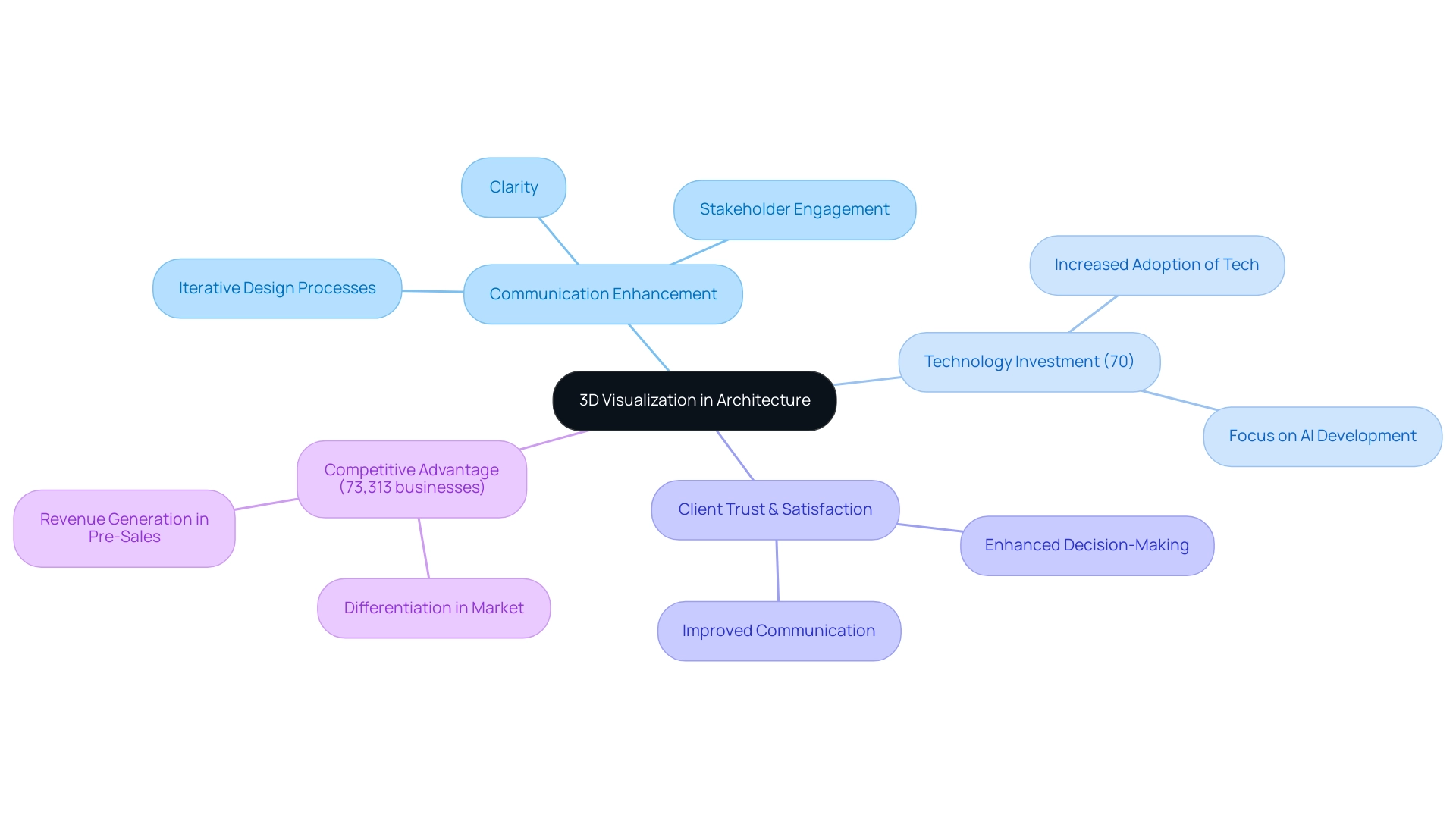
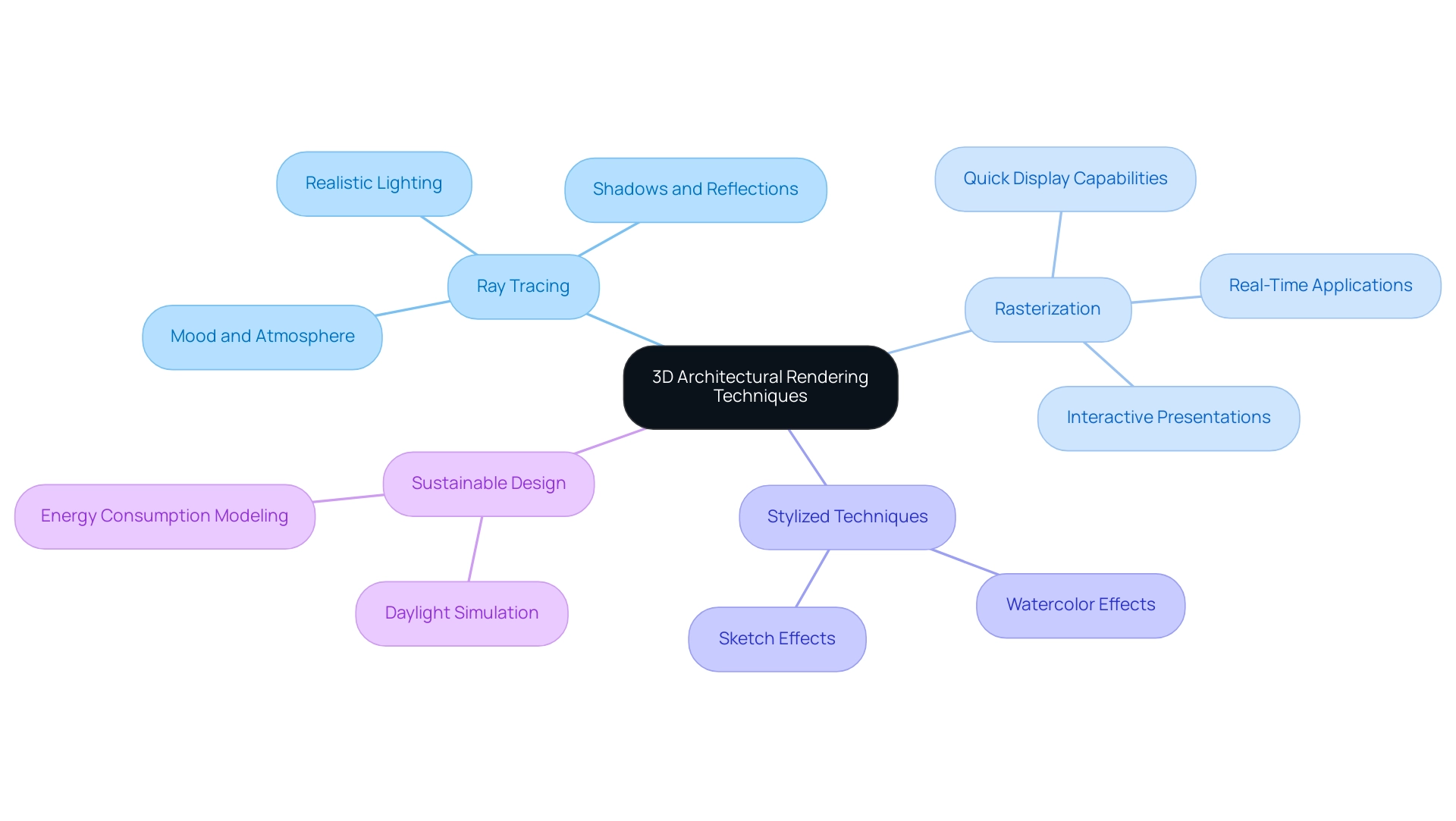
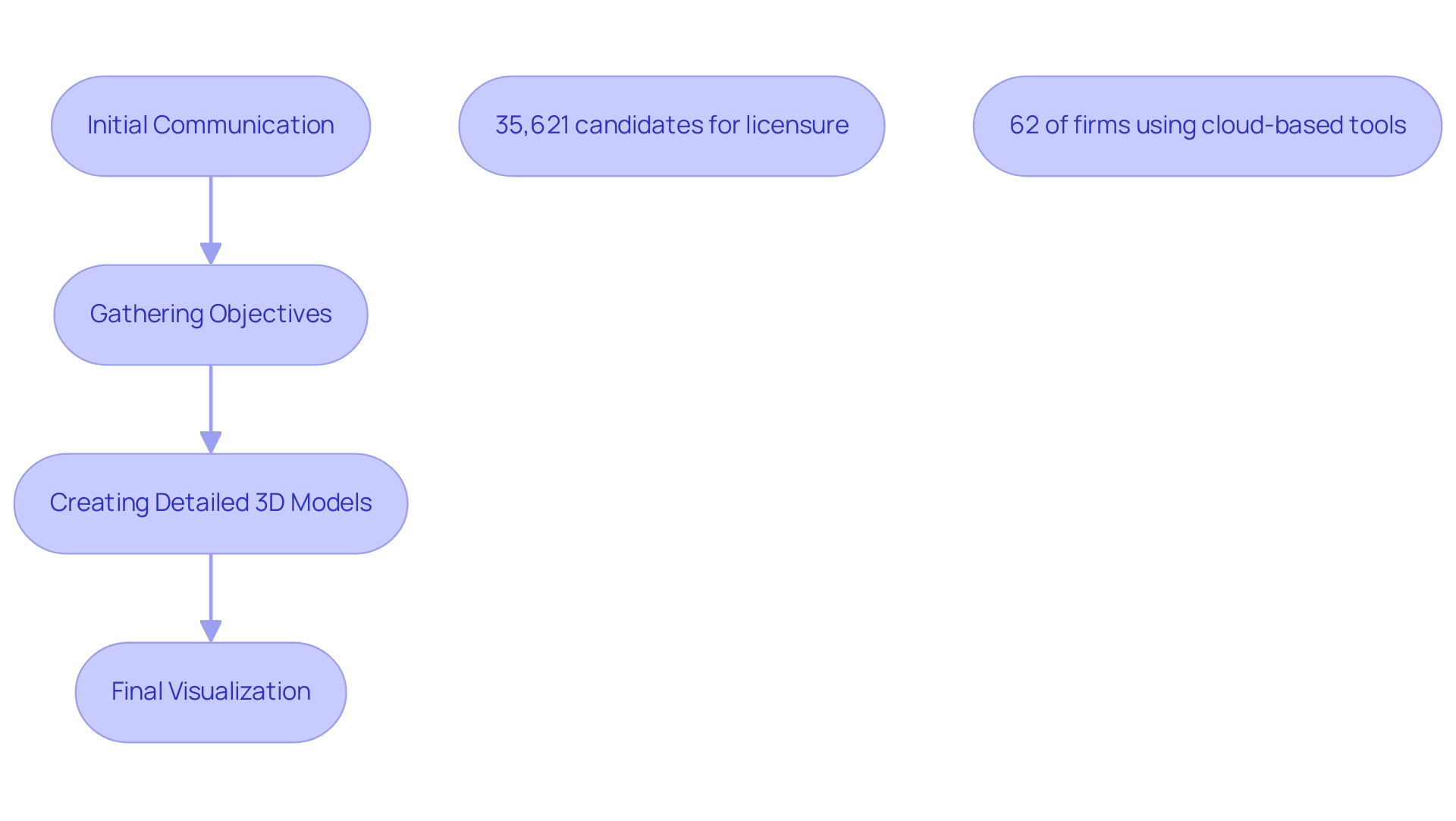
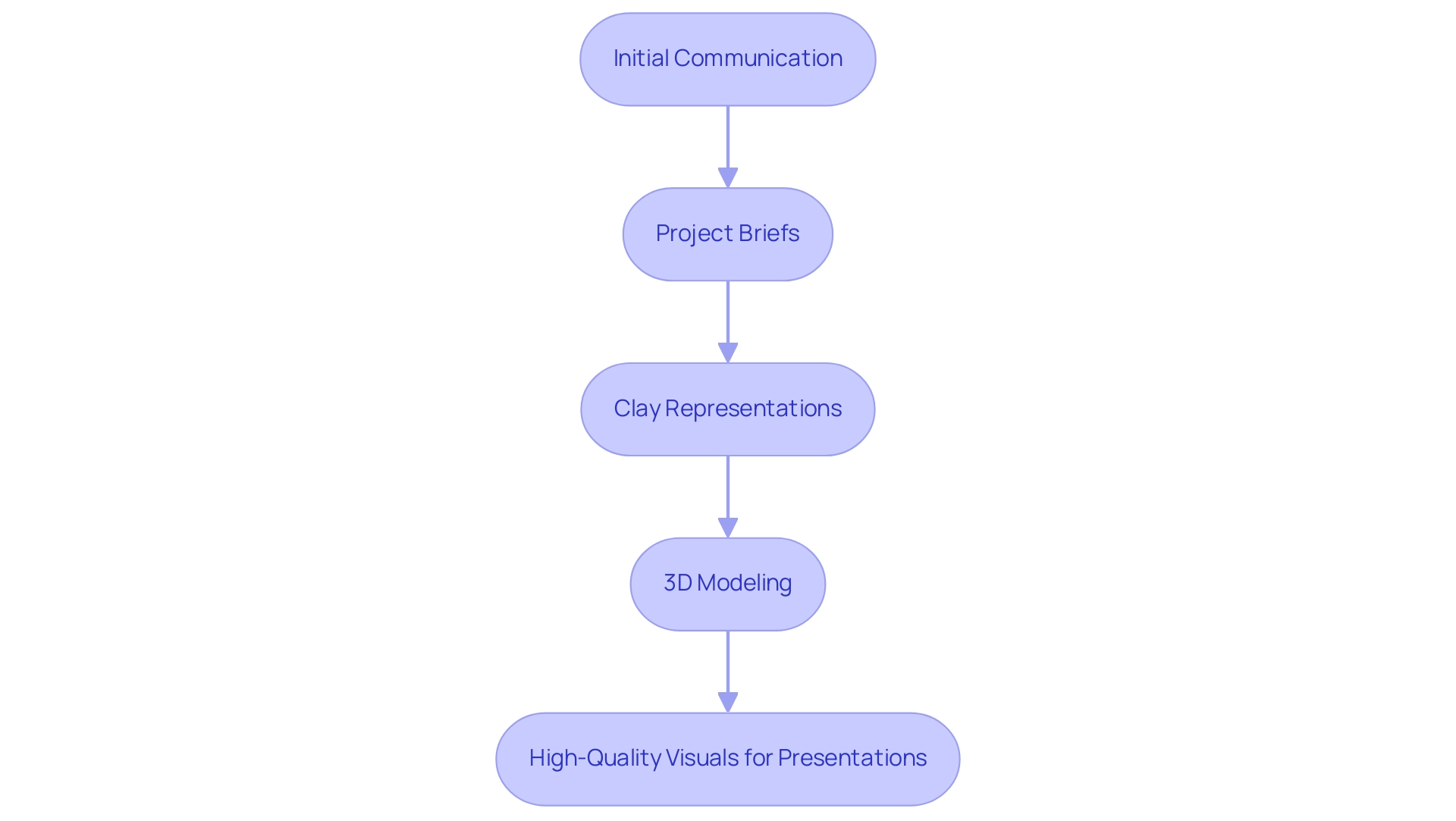
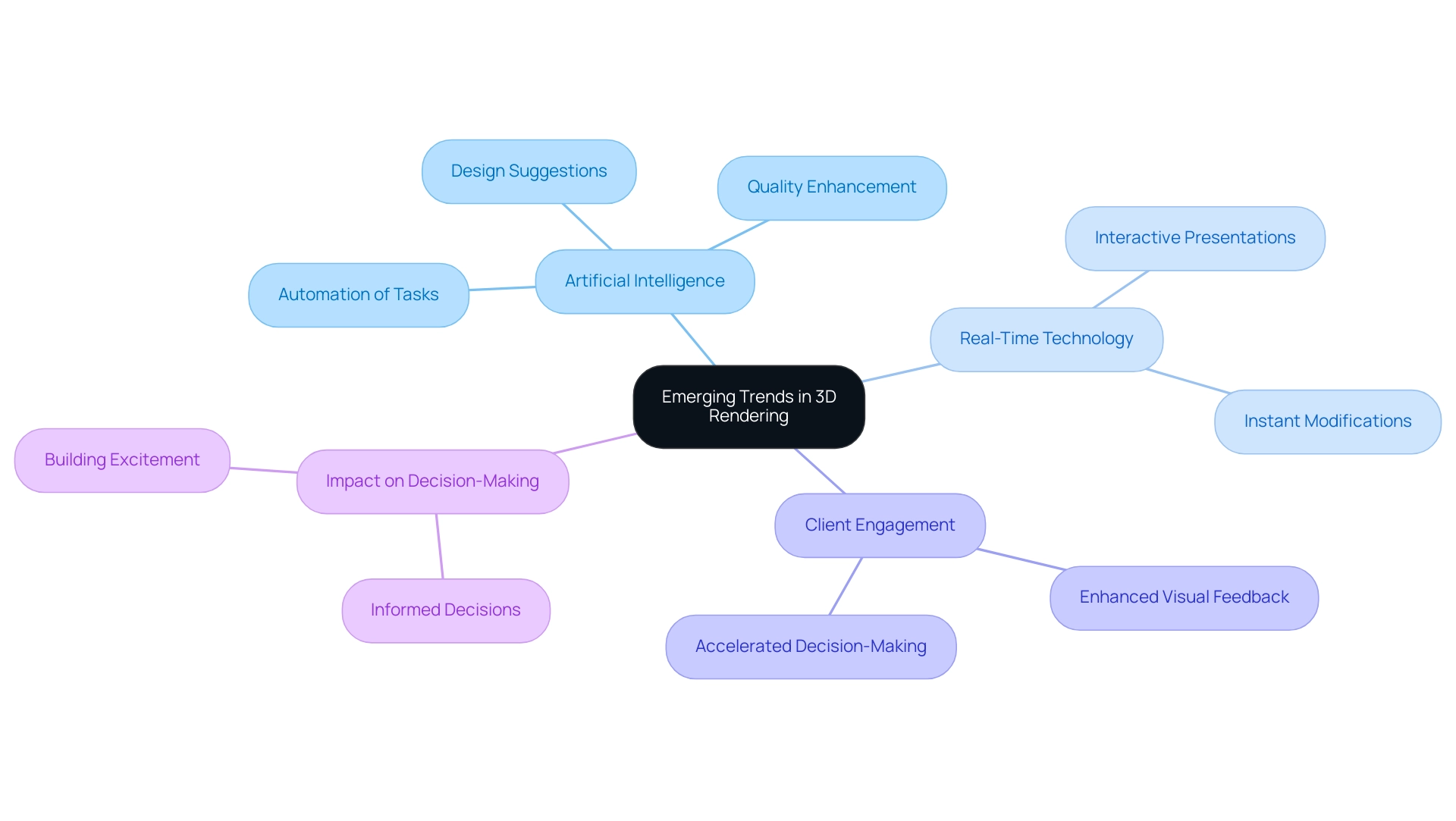
0 Comments